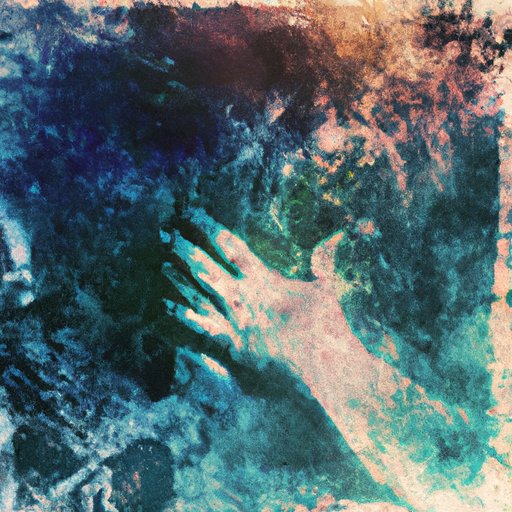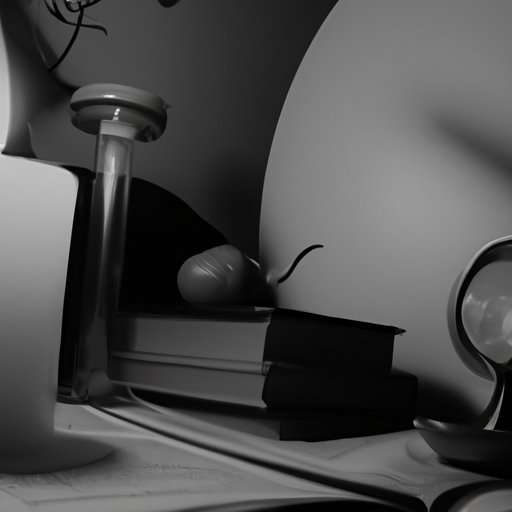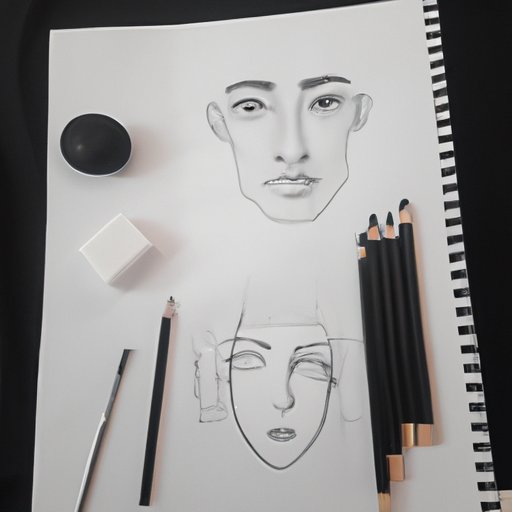Introduction
Artistic style is a fundamental aspect of creating artwork. It’s how an artist expresses themselves through their work. Finding and developing your own style can be a daunting task, but it’s also an exciting journey full of exploration and discovery. In this article, we’ll explore how to find your artistic style and provide tips to help you refine and develop it over time.

Analyzing the Work of Other Artists
One of the best ways to start exploring your own artistic style is to examine the work of other artists. Look at the artwork of established artists in your genre and take note of elements you like or admire. Pay attention to the techniques they use, the mediums they employ, and the way they compose their pieces.
Go beyond simply admiring their work. Ask yourself questions such as: How did they achieve that effect? What makes their work stand out? What elements do I want to incorporate into my own work?
Don’t limit yourself to just one artist or genre. Explore different styles and techniques to discover what resonates with you. Take inspiration from other artists, but don’t copy them—your goal is to find your own unique style.

Experimenting with Different Art Media and Techniques
Once you have identified the elements you admire, it’s time to start experimenting. Try out different art media and techniques to see what works best for you. Don’t be afraid to make mistakes—the key is to keep pushing yourself and learning from your experiences.
Be open to trying new things. Experiment with different tools, materials, and techniques until you find something that speaks to you. You may even discover something completely unexpected that inspires you in a new direction.
Keeping a Sketchbook
Developing your own artistic style requires practice and experimentation. Keeping a sketchbook is a great way to document your creative journey. Draw, paint, or write in your sketchbook every day to track your progress over time.
Your sketchbook doesn’t have to be perfect—it’s a place to explore, experiment, and make mistakes. Use it as an outlet for ideas and as a tool to refine your skills. Over time, you’ll be able to look back and see how far you’ve come.

Exploring Themes and Subjects That Interest You
As you continue to practice and experiment, start to think about the kinds of themes and subjects that interest you. Research potential topics and identify what makes them meaningful to you. Consider how you want to communicate these ideas and feelings through your artwork.
As you explore these themes and subjects, your own unique style will start to emerge. Pay attention to the details that draw you in and use them to create your own signature style.
Refining Your Style Through Practice and Feedback
The journey of finding and refining your artistic style is ongoing. Continue to practice regularly and seek feedback from other artists. Listen to constructive criticism and use it to help you improve your craft.
Be patient with yourself and don’t expect perfection right away. Developing your own style takes time, effort, and practice. Allow yourself to grow and evolve as an artist.
Conclusion
Finding your own artistic style is an exciting and rewarding process. By analyzing the work of other artists, experimenting with different media and techniques, keeping a sketchbook, and exploring themes and subjects that interest you, you can start to develop your own unique style.
Remember to practice regularly and seek feedback from other artists. With patience and dedication, you can refine and hone your style over time.
(Note: Is this article not meeting your expectations? Do you have knowledge or insights to share? Unlock new opportunities and expand your reach by joining our authors team. Click Registration to join us and share your expertise with our readers.)
